-
 bitcoin
bitcoin $122659.385674 USD
0.52% -
 ethereum
ethereum $4484.113342 USD
-0.09% -
 bnb
bnb $1304.229256 USD
-0.85% -
 tether
tether $1.000204 USD
-0.03% -
 xrp
xrp $2.860636 USD
-0.51% -
 solana
solana $227.288799 USD
2.36% -
 usd-coin
usd-coin $0.999805 USD
0.01% -
 dogecoin
dogecoin $0.252837 USD
1.18% -
 tron
tron $0.341149 USD
1.12% -
 cardano
cardano $0.830507 USD
0.33% -
 hyperliquid
hyperliquid $45.792319 USD
0.04% -
 chainlink
chainlink $22.422164 USD
1.55% -
 ethena-usde
ethena-usde $1.000283 USD
0.01% -
 sui
sui $3.511389 USD
0.83% -
 stellar
stellar $0.385276 USD
-0.44%
What is Rollup?
Rollups, as a Layer 2 scaling solution for Ethereum, overcome transaction fee bottlenecks and enhance throughput by processing transactions off-chain.
Feb 15, 2025 at 04:49 pm
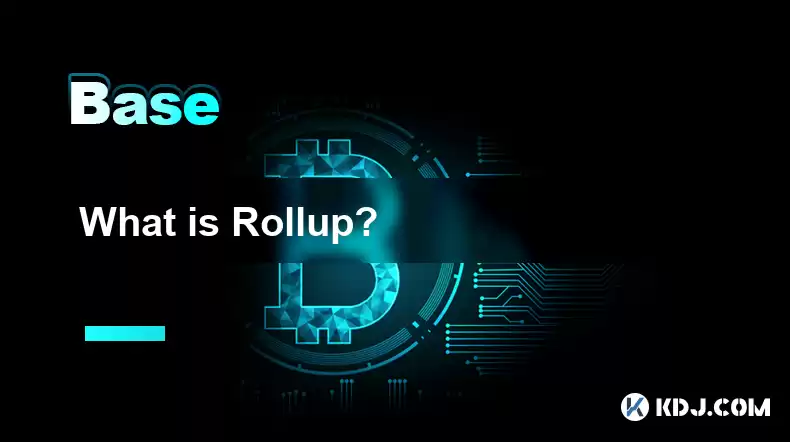
- Rollups are a Layer 2 scaling solution for Ethereum that process transactions off-chain and submit them to the Ethereum blockchain as a single, compressed transaction.
- Rollups improve scalability by reducing transaction fees and increasing transaction throughput.
- There are two main types of rollups: Optimistic rollups and Zero-Knowledge (ZK) rollups.
- Optimistic rollups assume that transactions are valid until proven otherwise, while ZK rollups provide cryptographic proof of validity.
- Rollups have the potential to significantly improve the scalability and efficiency of Ethereum.
Rollups are a Layer 2 scaling solution for Ethereum that process transactions off-chain and submit them to the Ethereum blockchain as a single, compressed transaction. This approach improves scalability by reducing transaction fees and increasing transaction throughput.
Rollups are similar to other Layer 2 solutions, such as sidechains and state channels. However, rollups have some key advantages over these other solutions.
- Scalability: Rollups can process a much higher number of transactions per second than sidechains and state channels.
- Security: Rollups inherit the security of the Ethereum blockchain.
- Interoperability: Rollups can interoperate with other Ethereum-based applications and services.
There are two main types of rollups: Optimistic rollups and Zero-Knowledge (ZK) rollups.
Optimistic RollupsOptimistic rollups assume that transactions are valid until proven otherwise. This means that transactions are processed off-chain without any additional verification. To ensure that transactions are valid, optimistic rollups use a fraud proof mechanism. If a fraud proof is submitted, the transaction is reverted and the malicious actor is penalized.
Zero-Knowledge (ZK) RollupsZK rollups provide cryptographic proof of validity for transactions. This means that transactions are verified off-chain before they are submitted to the Ethereum blockchain. ZK rollups are more secure than optimistic rollups because they do not rely on a fraud proof mechanism. However, ZK rollups are also more complex to implement and can be less efficient than optimistic rollups.
Benefits of RollupsRollups offer a number of benefits over other Layer 2 scaling solutions.
- Scalability: Rollups can significantly improve the scalability of Ethereum by reducing transaction fees and increasing transaction throughput.
- Security: Rollups inherit the security of the Ethereum blockchain.
- Interoperability: Rollups can interoperate with other Ethereum-based applications and services.
Rollups are a promising scaling solution, but they also face some challenges.
- Complexity: Rollups are complex to implement and maintain.
- Security: Rollups can be vulnerable to security attacks, such as fraud proofs and ZK proofs.
Rollups are a promising scaling solution for Ethereum, and they have the potential to significantly improve the scalability and efficiency of the network. However, rollups are still under development, and there are some challenges that need to be addressed before they can be widely adopted.
FAQs- What is the difference between a rollup and a sidechain?
Rollups and sidechains are both Layer 2 scaling solutions for Ethereum. However, there are some key differences between the two solutions. Rollups process transactions off-chain and submit them to the Ethereum blockchain as a single, compressed transaction. Sidechains, on the other hand, are independent blockchains that are connected to the Ethereum blockchain. Rollups are more scalable than sidechains, but they are also more complex to implement.
- What is the difference between an optimistic rollup and a ZK rollup?
Optimistic rollups and ZK rollups are the two main types of rollups. Optimistic rollups assume that transactions are valid until proven otherwise, while ZK rollups provide cryptographic proof of validity. Optimistic rollups are more efficient than ZK rollups, but ZK rollups are more secure.
- What are the challenges of rollups?
Rollups are still under development, and there are some challenges that need to be addressed before they can be widely adopted. These challenges include complexity, security, and interoperability.
- What is the future of rollups?
Rollups are a promising scaling solution for Ethereum, and they have the potential to significantly improve the scalability and efficiency of the network. However, rollups are still under development, and there are some challenges that need to be addressed before they can be widely adopted.
Disclaimer:info@kdj.com
The information provided is not trading advice. kdj.com does not assume any responsibility for any investments made based on the information provided in this article. Cryptocurrencies are highly volatile and it is highly recommended that you invest with caution after thorough research!
If you believe that the content used on this website infringes your copyright, please contact us immediately (info@kdj.com) and we will delete it promptly.
- BlockDAG, DOGE, HYPE Sponsorship: Crypto Trends Shaping 2025
- 2025-10-01 00:25:13
- Deutsche Börse and Circle: A StableCoin Adoption Powerhouse in Europe
- 2025-10-01 00:25:13
- BlockDAG's Presale Buzz: Is It the Crypto to Watch in October 2025?
- 2025-10-01 00:30:13
- Bitcoin, Crypto, and IQ: When Genius Meets Digital Gold?
- 2025-10-01 00:30:13
- Stablecoins, American Innovation, and Wallet Tokens: The Next Frontier
- 2025-10-01 00:35:12
- NBU, Coins, and Crypto in Ukraine: A New Yorker's Take
- 2025-10-01 00:45:14
Related knowledge

How does cryptocurrency achieve decentralization?
Sep 30,2025 at 04:37am
Understanding the Foundation of Decentralization in Cryptocurrency1. Cryptocurrency achieves decentralization primarily through the use of blockchain ...
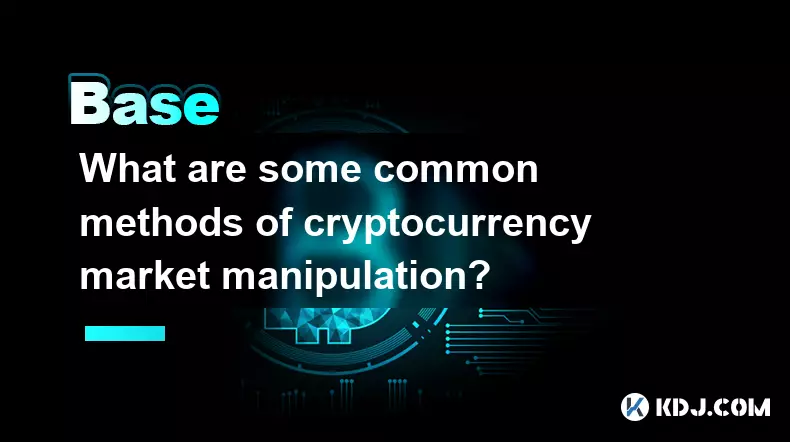
What are some common methods of cryptocurrency market manipulation?
Sep 27,2025 at 02:55am
Wash Trading and Its Impact on Market Perception1. Wash trading involves an individual or entity simultaneously buying and selling the same cryptocurr...
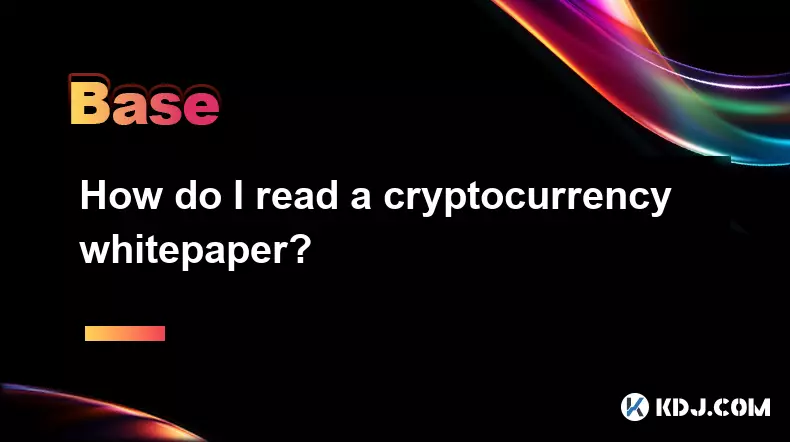
How do I read a cryptocurrency whitepaper?
Sep 27,2025 at 05:54am
Understanding the Structure of a Cryptocurrency Whitepaper1. Begin by identifying the executive summary, which outlines the project’s core vision and ...
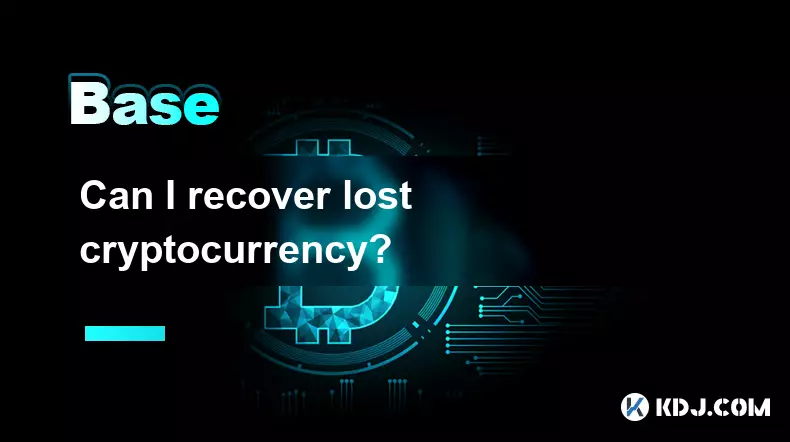
Can I recover lost cryptocurrency?
Sep 25,2025 at 08:18am
Understanding the Nature of Cryptocurrency Loss1. Cryptocurrency operates on decentralized networks, meaning there is no central authority to reverse ...
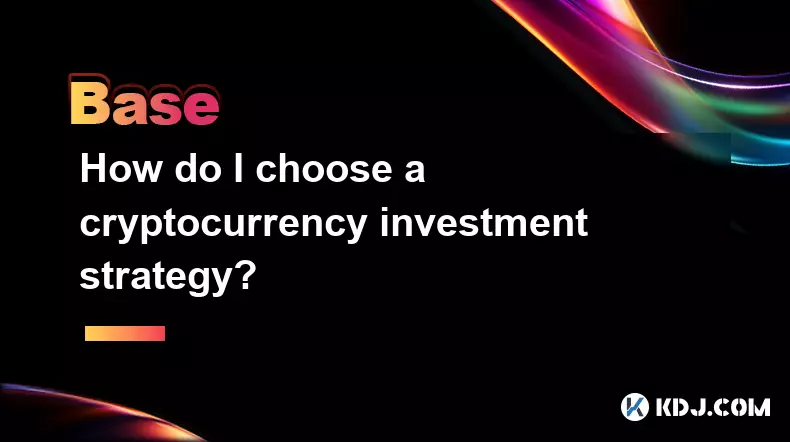
How do I choose a cryptocurrency investment strategy?
Sep 27,2025 at 03:55pm
Understanding Risk Tolerance in Crypto Investing1. Assessing personal risk tolerance is a foundational step when entering the cryptocurrency market. V...
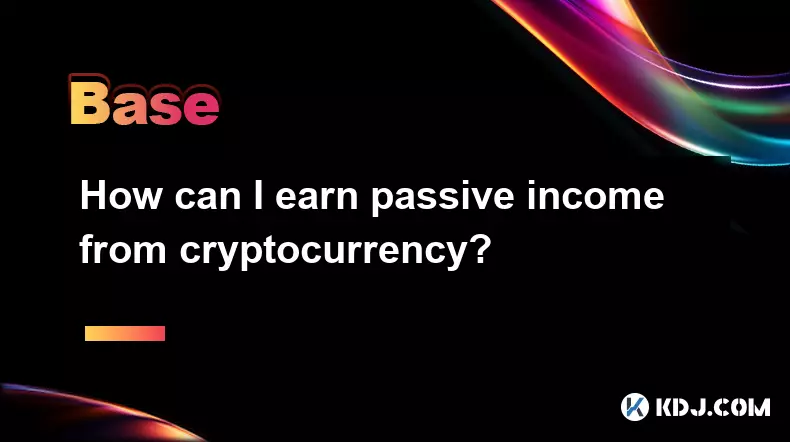
How can I earn passive income from cryptocurrency?
Sep 23,2025 at 10:18am
Staking Cryptocurrencies for Regular Returns1. Many blockchain networks operate on a proof-of-stake (PoS) consensus mechanism, allowing users to earn ...

How does cryptocurrency achieve decentralization?
Sep 30,2025 at 04:37am
Understanding the Foundation of Decentralization in Cryptocurrency1. Cryptocurrency achieves decentralization primarily through the use of blockchain ...

What are some common methods of cryptocurrency market manipulation?
Sep 27,2025 at 02:55am
Wash Trading and Its Impact on Market Perception1. Wash trading involves an individual or entity simultaneously buying and selling the same cryptocurr...

How do I read a cryptocurrency whitepaper?
Sep 27,2025 at 05:54am
Understanding the Structure of a Cryptocurrency Whitepaper1. Begin by identifying the executive summary, which outlines the project’s core vision and ...

Can I recover lost cryptocurrency?
Sep 25,2025 at 08:18am
Understanding the Nature of Cryptocurrency Loss1. Cryptocurrency operates on decentralized networks, meaning there is no central authority to reverse ...

How do I choose a cryptocurrency investment strategy?
Sep 27,2025 at 03:55pm
Understanding Risk Tolerance in Crypto Investing1. Assessing personal risk tolerance is a foundational step when entering the cryptocurrency market. V...

How can I earn passive income from cryptocurrency?
Sep 23,2025 at 10:18am
Staking Cryptocurrencies for Regular Returns1. Many blockchain networks operate on a proof-of-stake (PoS) consensus mechanism, allowing users to earn ...
See all articles










































































